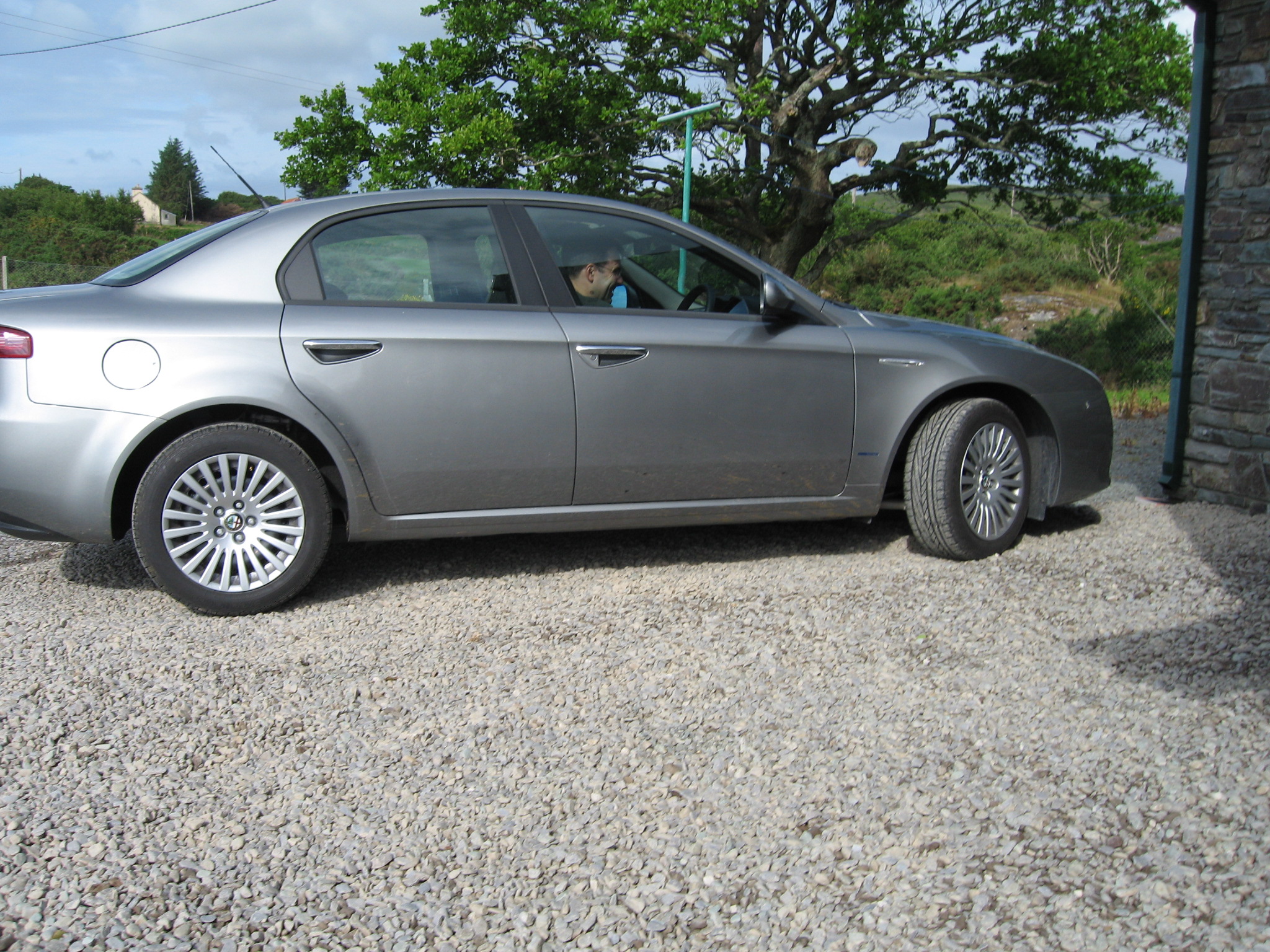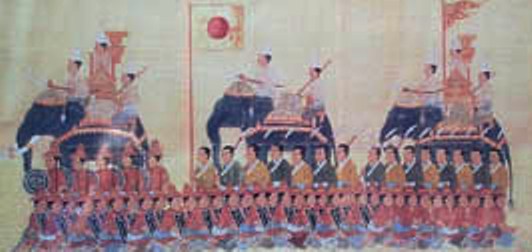We just got back from a gloriously off-the-network vacation in West Cork, Ireland. We rented a house with friends and generally stayed off the beaten path. Which was great and everything, except that even the beaten path in Ireland is still a pretty narrow road according to my tastes; I think that the street in front of my house in California would qualify as pretty much the widest road we saw in Ireland.
So staying off the beaten path meant that the ‘roads’ we drove along were more like narrow driveways, optimistically two lanes. Which, again, is fine, except that Hertz, out of gratitude for my loyal patronage, upgraded me from the cheapskate sedan I rented to an absolutely gorgeous — and completely impractical — Alfa Romeo 159. After getting over the normal adjustment to driving on the other side of the road and remembering how to drive a stick, I was still left with a terrifyingly large shiny Italian car that I had to squeeze down the rural roads of West Cork. I have never in my life been so glad to return a car as I was with this one, and I’m happy to report that it was mostly undamaged, except for some crayon stains in the back.
But there were many compensations: I think it was the best car I have ever driven. The engine was powerful and responsive, the steering — balanced and sensitive — was a revelation, and the seating position and dials were just perfect. I have never felt so connected to a car, so completely in tune with it. I sort of suspect that the intensity of the driving experience (raining, no visibility, one tiny lane, left-hand driving, twisting and winding road, howling three year in back, etc.) only added to that feeling, since I was required to be attentive in a way that driving down the interstate in a Ford Taurus does not demand. My current rental, an otherwise serviceable Subaru Outback, pales considerably in comparison to the Alfa.
It wasn’t a perfect car; unlike Jeremy Clarkson I thought that the triple headlights were bizarre-looking and it felt heavy in a way that I didn’t expect from an Alfa Romeo. Plus, the rear visibility wasn’t great and the stereo was crummy. There were times, though, that the car just sang; I remember one rainy early morning drive into town once I had the road figured out and it really felt like the car was responding to me. Or the time when we finally got onto a divided highway and I dropped the hammer; I could just imagine the car saying, palms up: “finally!”





